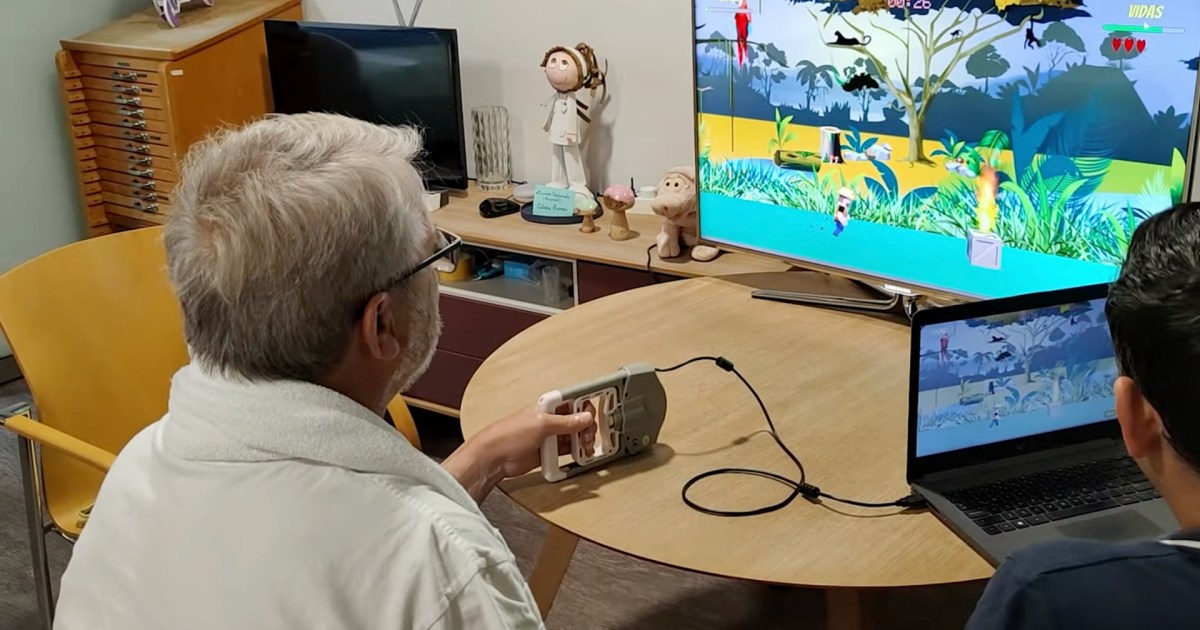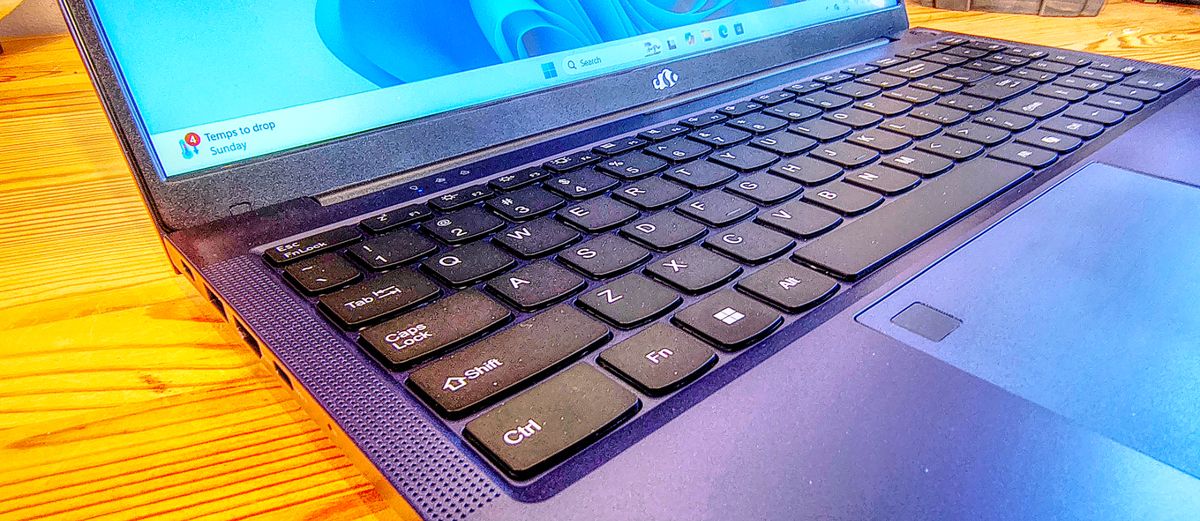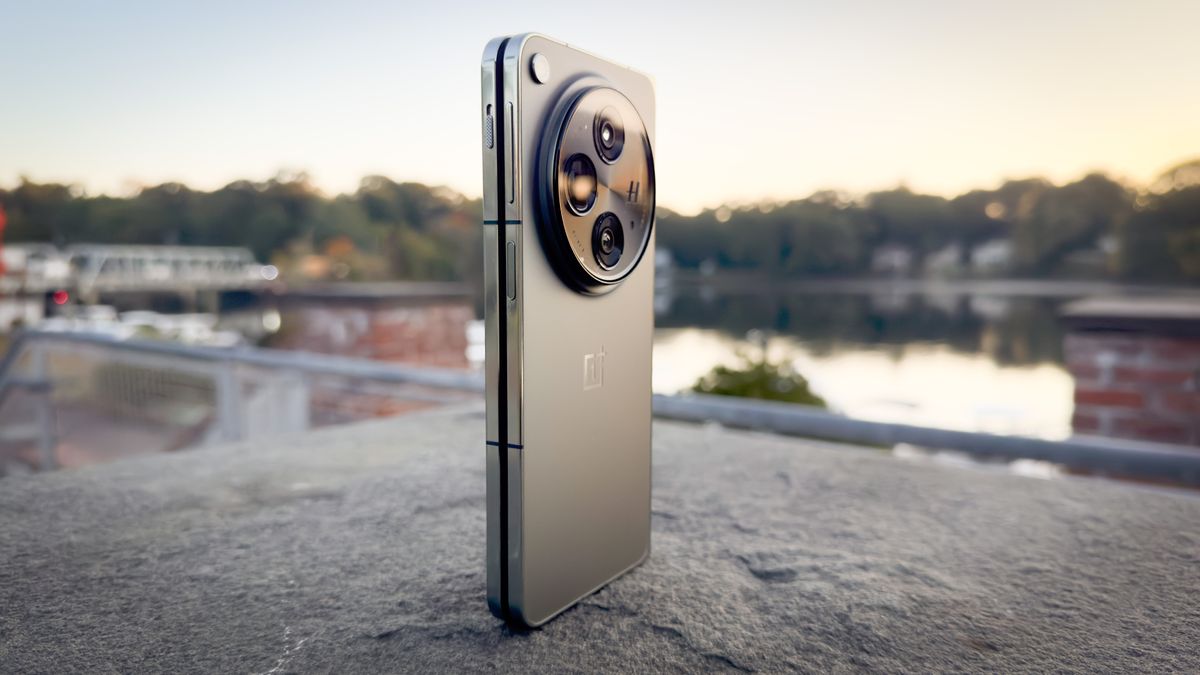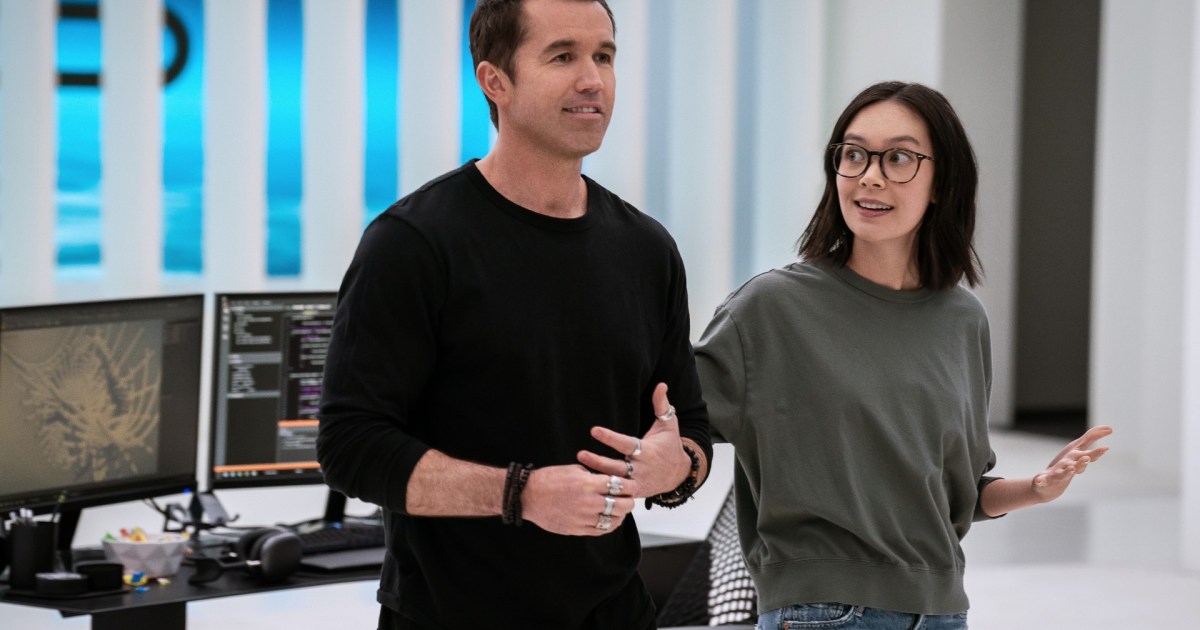
The Future of Hand and Wrist Rehabilitation is Fun Arcade Games.
A group of researchers in Spain is using video games created on a free platform, along with a specialized controller, to assist in the rehabilitation of hands and wrists.
Virtual reality (VR) and video games are often associated with recreational experiences. However, in recent years, there has been an increasing interest in training routines that utilize VR headsets. The applications of this technology go far beyond entertainment. Recently, a group of neuroscientists developed a platform that facilitates the early detection of Alzheimer's disease. Also, VR-based therapeutic programs are being implemented to help patients manage postoperative pain. Doctors are also using VR training programs to provide a more immersive learning experience.
An interesting advancement in this field comes from experts at Carlos III University of Madrid, who collaborate with hospitals in Barcelona and Madrid to assist individuals with mobility issues in their wrists and hands through video games. This team is using a concept called exergames, which combines exercise with video gaming.
The initiative includes the development of two arcade-inspired games and a specialized controller with sensors that measure grip strength and the full range of motion of the hand and wrist. This connected platform allows for the recording of details such as fatigue and reaction times, creating a comprehensive profile of users' strength.
In medical terms, this approach focuses on the rehabilitation of movements related to the grip pinch, pronation and supination, as well as flexion and extension. Compared to previous research on the efficacy of exergames, the new eJamar platform is designed to improve grip strength and promote mobility in affected limbs. According to one of the project experts, just 30 minutes of regular use has shown to double patients' grip strength and expand the range of wrist movements. The possibilities are significant, as eJamar is expected to assist in the recovery from injuries and fractures in the hands, as well as help patients with neurological issues such as Parkinson's disease, multiple sclerosis, and strokes.
The advantage of this approach lies in its potential to significantly reduce logistical issues associated with scheduling appointments, travel, and obtaining healthcare in health centers and hospitals. In summary, telerehabilitation with eJamar can result in cost and time savings while improving accessibility for everyone involved in the national health ecosystem.
The customized controller is essential for the eJamar platform, focusing on grip strength. This system includes force sensors, inertial measurement units (IMUs), and an Arduino-based control system that identifies hand movements and measures grip strength. Among its standout features are its ergonomic design, which conforms to the shape of the fingers, and the haptic feedback it provides during game actions.
The developed video games are Peter Jumper, where players navigate a 3D city avoiding obstacles, and Andromeda, a 2D shooting game in which players control a spaceship. Both games aim to increase grip strength and enhance wrist mobility. The experience of these video games has been confirmed to be accessible and has been well-received during testing.
The integration of games in rehabilitation is crucial, as they offer an immersive and engaging approach that helps patients commit to a process that can often be both mentally and physically demanding. It is essential to ensure that, despite the self-administered nature of the system, there is oversight from a health professional to ensure proper implementation.
The team behind the eJamar platform is focused on leveraging the growing access to augmented and virtual reality technologies to further develop their rehabilitation tools. They are currently testing the platform with individuals with neurological or pathological conditions to ensure its clinical acceptance and to develop more exergames addressing the specific needs of those seeking rehabilitation. So far, the results in clinical trials have been encouraging, suggesting a promising future for these innovative interventions.



